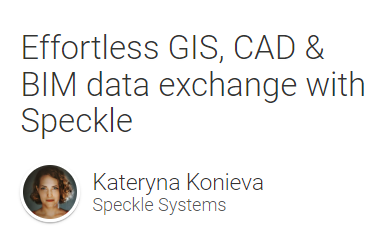Thanks for sharing your experience with understanding Speckle, given your background. As you noted, Speckle primarily transfers geometry data and associated metadata as the default. Each connector and the web assumes a basic fallback to a Mesh display with metadata, but this is a crude simplification.
While we don’t think of the translations of IFC → QGIS, we imbue the Connectors with an “understanding” or mapping from Native Type → Speckle Type and Speckle Type → Native.
Speckle mappings are our dynamic response to deliver solutions to our users. A constantly evolving platform that is designed to support a wide range of object types where it makes sense to do so. We like to consider these as supporting specific workflows. It is tempting to try and take any format of 3d data and present it in any of the supported applications, but this isn’t how users are trying to solve problems with Speckle.
Rather than deal in the general case of what any IFC object translates to in a GIS application beyond the default, we’d like to hear specific cases we can test and build upon.
Take IFCWall, a staple BIM object; in a GIS context, what is the ideal representation of this? QGIS has only a few geometry types in its armoury and doesn’t currently have specific mappings for any BIM elements beyond the Mesh + Metadata fallback. What should the opinionated view be? Is it the support for the 3Dimentsional entity that the wall represents, or something else?
If a Wall is a member of an IFC_Collection with its own property sets, how should this metadata be represented on the eventual GIS feature? We’re always open to suggestions! 
As a community-driven effort, Speckle relies on user feedback like yours and contributions to expand its capabilities and support new workflows and use cases. If you have specific feedback or suggestions for how Speckle can better support your workflows, I encourage you to share them  .
.
So answers your questions 1,2 & 3 - yes, yes & no, you have a handle on it but we’re happy to address any further questions to help grow your understanding
